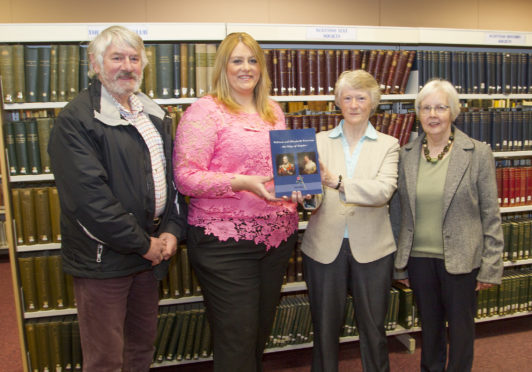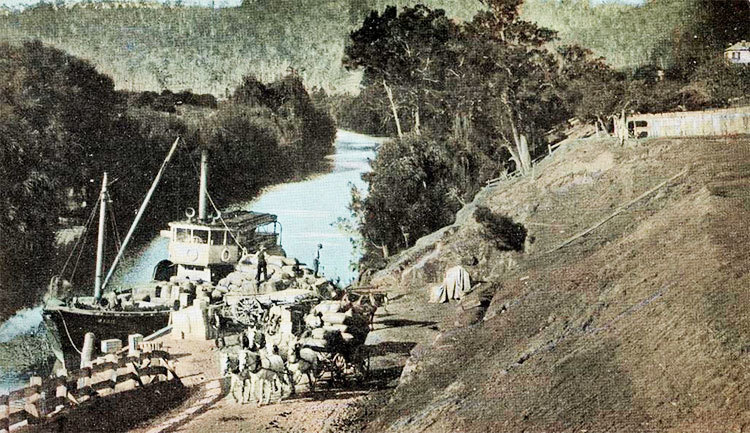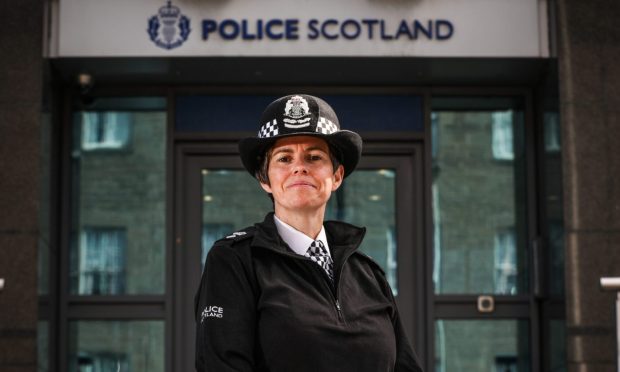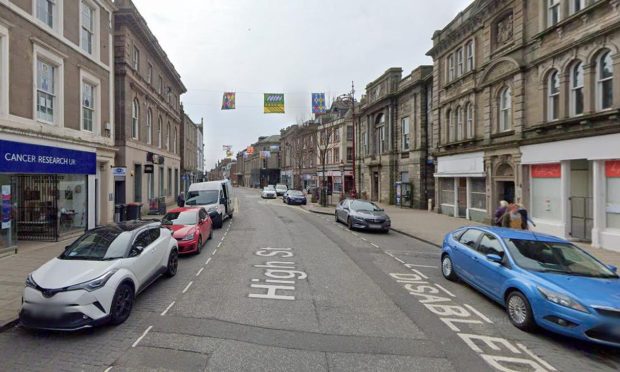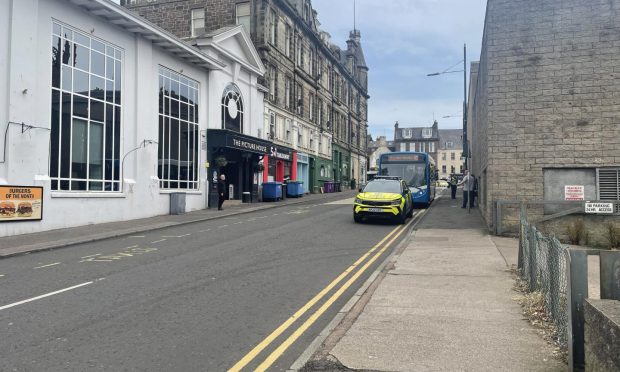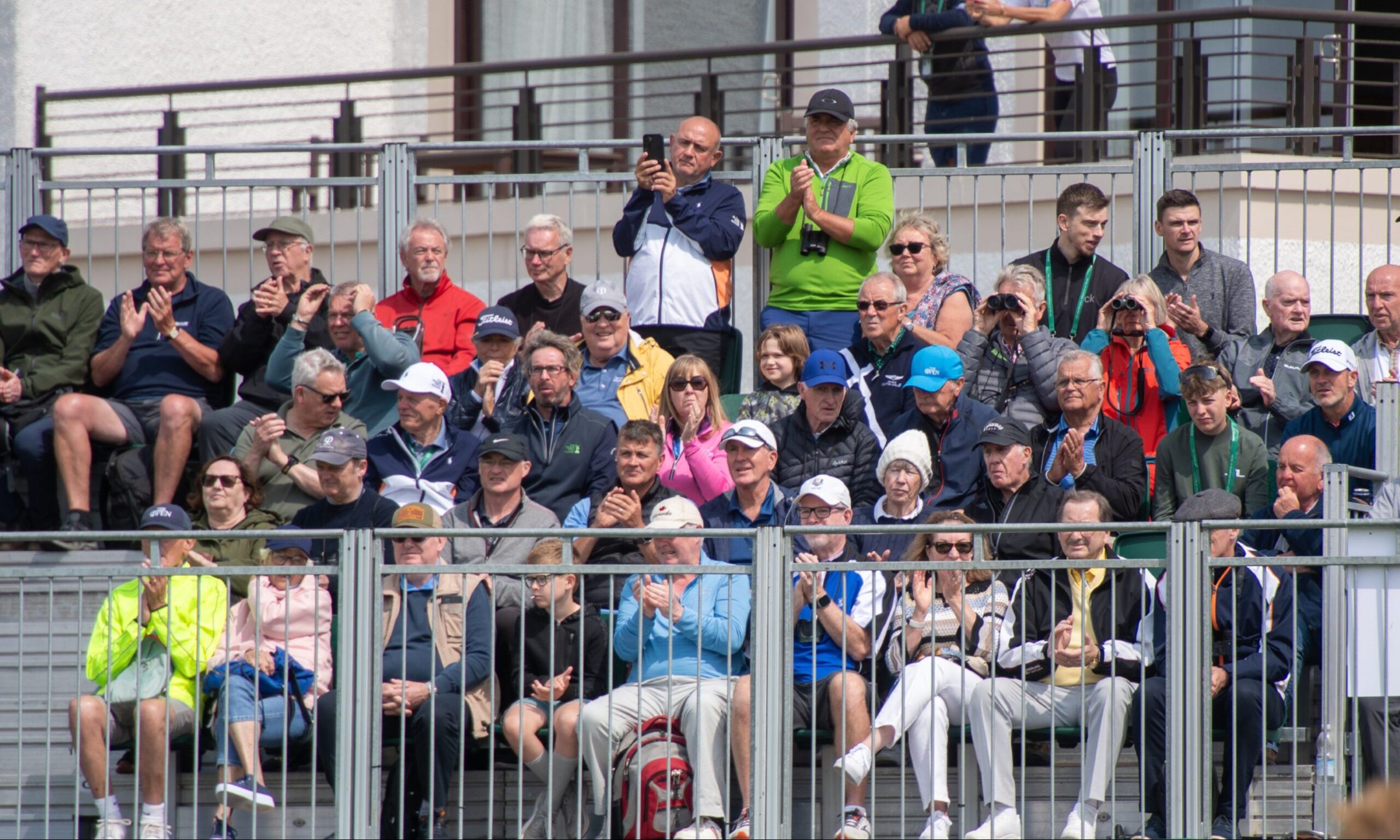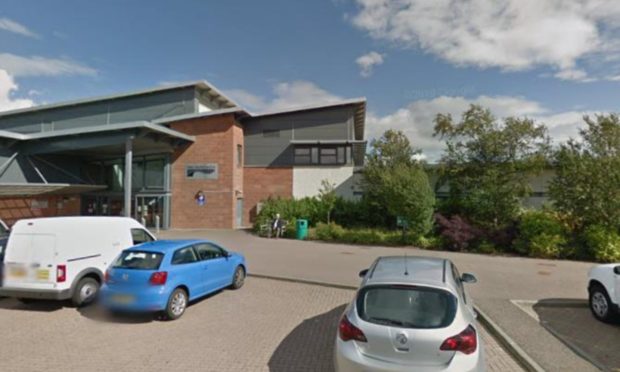History enthusiasts have helped unearth details in the fascinating story of a little-known son of Angus whose 18th century travels took him from hunting rare specimens for the Countess of Strathmore’s garden to high-ranking officialdom in New South Wales.
William Paterson’s role in the early decades of Australia’s European settlement is being told in a new book which will be launched at an event in the town which bears his name later this month.
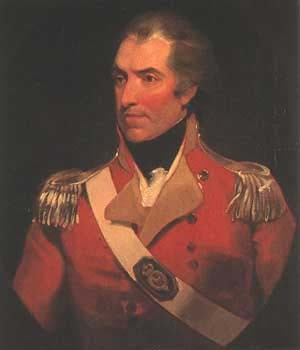
Forfar and District Historical Society members carried out the local research to help fill in some of the Angus blanks in the book by Brian Walsh, and the group has secured one of the first copies and presented it to Forfar library.
Born at Kinnettles in 1755, Paterson ‘s father was the gardener at nearby Brigton House and that led to him being asked by the Countess of Strathmore to travel to the Cape of South Africa to collect seeds and plants for her home in Chelsea.
He made four journeys into the interior of the Cape between 1777 and 1779, introducing a number of plants into cultivation and establishing his reputation as a botanist, including the publication of a book narrating his travels.
Paterson also brought back the first giraffe skin to the UK and sold it to John Hunter who was a fellow of the Royal Society.
His life took a different direction in 1781 when he joined the British Army, serving in India and then Australia, where he also collected botanical, geological and inspect specimens to send to Sir Joseph Banks, the explorer and naturalist who was president of the Royal Society.
The Angus man’s botanical collections are preserved in London’s Natural History museum.
Paterson explored the lower Hunter valley of NSW in 1801, with the town and river there named after the Scot and went on to command a regiment named the Rum Corps before leading a rebel government after his officers deposed territory governor William Bligh, former commander of HMS Bounty.
The new book, William and Elizabeth Paterson –The Edge of Empire, by Brian Walsh, also reveals how the couple founded the town of Launceston in northern Tasmania, and his wife’s refusal to live in her husband’s shadow.
She and a friend established the Sydney Female Orphan School, becoming the first women in Australia to manage a public institution.
Paterson died at sea in June 1810, just a month after leaving Australia.
Alice Bremner of the Forfar and District Historical Society said the group had been delighted to assist with the Angus research for the book, which will be officially launched in Paterson on May 20.
Their findings included the location of Montrose’s old Ship Inn, which Elizabeth Paterson’s mother ran.
“Paterson was a botanist by choice and a soldier by necessity,” she said.
“It’s a fascinating story and the book really brings home how things were in that period,” added Alice.
